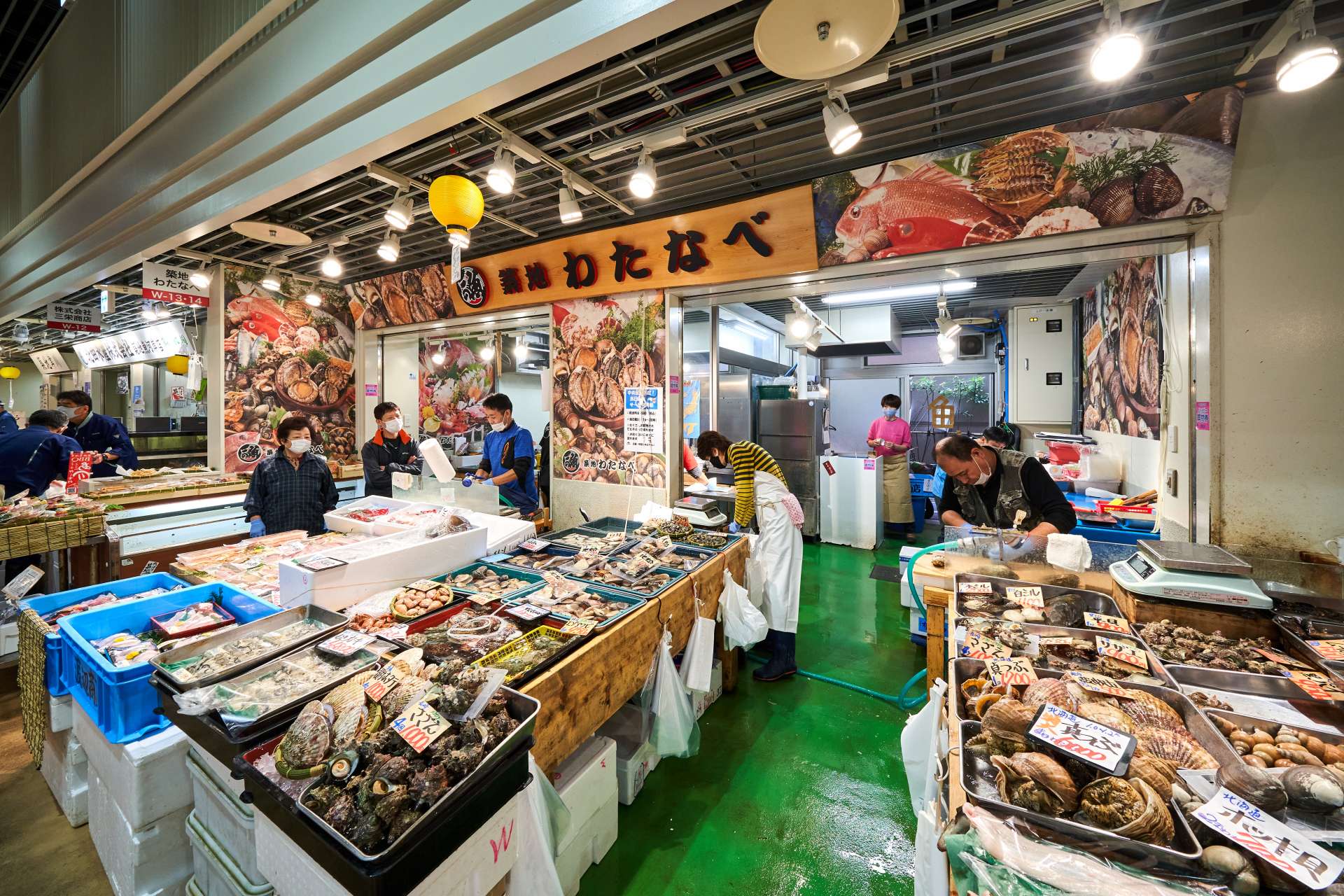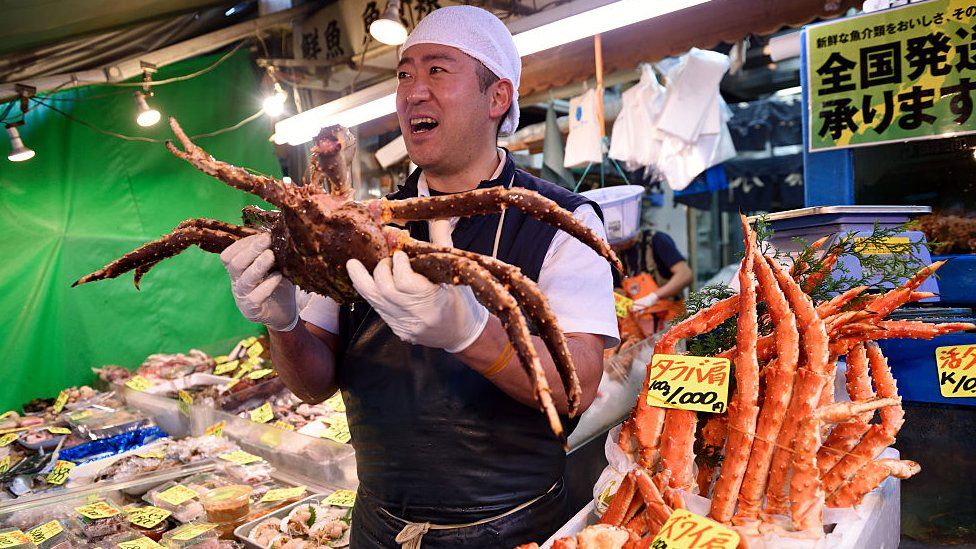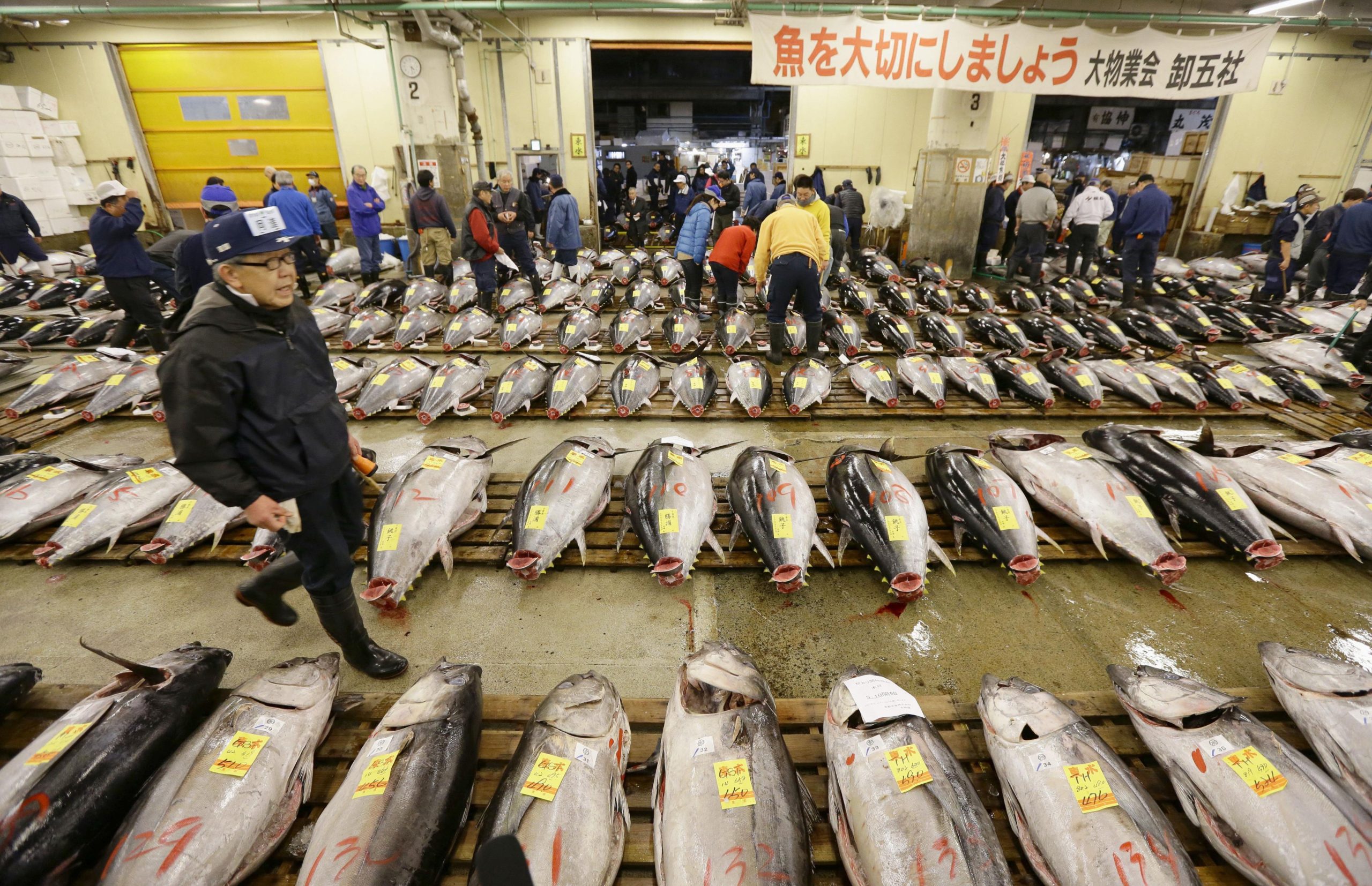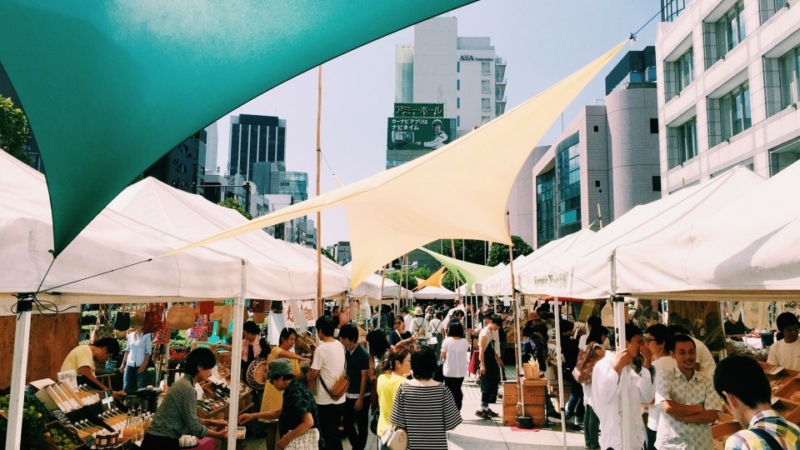When talking about dining destinations, Tokyo is on another level from anywhere else. The biggest city in the world has one of the most intense food cultures, boasting more Michelin starred restaurants (223!) than any other city, and a diverse food scene that’s like nowhere else on the planet. The city is packed with incredible restaurants in almost every food style you can imagine, and it's well worth taking a few days to explore some of the most famous dishes in the city. Tokyo is a city where high culture and street food mix and there is incredible value and excellence to be had in either direction.

For simpler food, if you want incredible ramen (there are too many to choose from but my first pick is probably Ramenya Toybox in Minowa), yakitori (my choice is Torishiki, sister restaurant to one of my NYC faves: Torien. Perfection in either city), soba (Tamawarai is unmissable), or pizza (Savoy is improbably perfect, as is Seirinkan ), there are wonderful experiences in almost every neighborhood.
For high-end food, Tokyo has phenomenal Kaiseki experiences (Den, Ishikawa, and Ginza Kojyu all provide world class tasting menus), beautiful French restaurants (Effervescence, Quintessence and Homage are as elevated as anything in Paris), as well as, of course, the best sushi restaurants on the planet (including the legendary Sukiyabashi Jiro and the three Michelin experience that is Saito). Many different factors contribute to Tokyo’s excellence in the world of dining, including a deep cultural commitment to quality at every level of production, and a thriving metropolitan core that eats out more than most cities in the world (Tokyo has 130,000 restaurants!), but I’ve talked to a few chefs and cooks who have left Tokyo to cook elsewhere, and, for all of them, the biggest difference between Tokyo and the rest of the world, is the immediate availability of high end produce at all of the markets throughout the city. None of these are more famous than the fish markets, and of those, Tsukiji is the ne plus ultra: the most famous fish market in the world.

Located in central Tokyo near the high-end Ginza shopping district, Tsukijii Outer Market is a traditional Japanese wholesale seafood market that, until it was split into two locations in 2018, was the largest fish market in the world. While the Market has a deep history, having been founded in the Edo period and relocated to its current spot in 1923, visiting the market isn’t really about exploring the history of Japan, instead it’s about reveling in its living purpose as a working market feeding tens of thousands of people and thousands of restaurants throughout the city. While you can certainly find amazing wholesale seafood throughout Tsuikiji, it has so much more than that. Every corner is filled with beautiful little shoebox shops and restaurants selling everything from tamagoyaki (Japanese omelettes) and dumplings to handcrafted Japanese knives and kitchen tools. Exploring and getting lost in the market is part of the fun, but there are a few things I’d make sure to try.
First, I’d highly recommend bringing Yen (not every booth will accept credit cards), dressing in very sensible shoes (the market floor can be very slippery), and visiting in the morning. Like all of the best markets in the world, the morning is when the chefs come to get the best quality ingredients. While the wholesale fish part of the market technically only opens to the public at 9am, I would get there a little earlier to see some of the many booths and restaurants that are open much earlier. Many of the best shops have hours that cater to the market workers, my favourite Onigiri shop “Marutoyo” is open from 3am till 3pm and the most famous coffee shop, Yonemoto, is open from 4:30 to 3:30 The most popular shops in the market are often the oldest, like the venerable Kitsuneya, a little restaurant serving hearty comfort food that has been open since 1947. Having sushi in the market is a must, especially after wandering around seeing the incredible bounty coming in from that morning's catch. The most popular is “Sushi Dai”, which has an excellent omakase option, but always requires a very long wait in line, so I’d also highly recommend my personal fave: “Itadori Bekkan”, a tiny ten seat restaurant located in an alleyway that is as good or better than Dai, without the crazy wait times. Probably the most beloved restaurant in the market is “Tonkatsu Odayasu”, which specializes in fried cutlets, but also has incredible deep fried oysters, puffer fish and other seafood. The food is amazing, and if you visit you will probably be the only one eating there that doesn’t work at the market! Beyond these spots I’d just encourage you to try to see as much of the market as possible, it’s one of the most special places in the world of food, and the seemingly endless types of seafood are a marvel that you could easily spend a day exploring.

For most tourists, the Tsukijii fish market will probably be the only fish market they need to see in Tokyo, but if you are really interested in the world of Japanese seafood, or are a sushi fanatic, there is one more celebrated experience waiting to be had: the legendary tuna auction. Every few years this auction gets covered by the international press and grabs everyone's attention, most recently in 2019 when a restaurateur paid over 33 million dollars for a single 278kg bluefin tuna. The tuna auction used to be the heart of the wholesale market, the main event of the day for anyone visiting Tsukiji, until the market was split into two parts in 2018. Now, the more rarefied and sanitized wholesale market is in the separate Toyoso intermediate wholesale market building. This is still worth visiting if you want to see the incredible sight of the tuna auction, but it’s a little trickier to attend. First you need to apply for a spot on the Tuna Auction Observation Deck, either through a guided tour, or through the government-run lottery for a spot. If you can secure this though, and want to show up for 5am, you will get to stand on a small platform with a few other sightseers and watch one of the most intense auctions in the world: a single hour, from 5:30 until 6:30, where thousands of tuna, each going for up to hundreds of thousands of Yen, are sold in seconds each to restaurants around Japan and sometimes the whole world.

Finally, for the truly adventurous traveler, or those spending a little more time in Tokyo, I’d also recommend two off-the-beaten-path markets. The first is the Farmers Market at UNU, a beautiful fruit and vegetable market outside the United Nations University that takes place every weekend and features amazing produce from across the country. The last is probably the greatest non-touristic fish market in Japan, the Adachi fish market. While the Adachi Market is in some ways a smaller and less touristic version of the Tsukiji market, with lots of great stalls and little restaurants, it does have a quirky rule where the second Saturday of every odd-numbered month is an ‘open market day’ where visitors and tourists can visit the wholesale part of the market. For those in the City for a longer stay, or those lucky enough to hit the right date, this is probably the only palace in Japan where you can experience the true deals and huge selection of an authentic Tokyo wholesale fish market. Even if you aren’t obsessed enough for these last options, I’d highly recommend Tsukijii to any Tokyo tourist that loves food, it really is one of the most vibrant and energizing culinary destinations on the planet, and a unique opportunity to see first hand why Tokyo is one of the greatest food cities on the planet.







